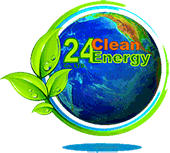Solar Technology
In just 40 minutes enough energy reaches our planet from the sun to cover the entire need for energy of all human kind for an entire year.
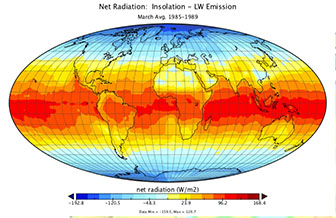
The problem which researchers worldwide are working on is: How can we harvest and convert this energy into usable electrical energy? This leads to several different approaches:
Plants use solar light to transform H2O + CO2 to CH2O + O2, storing the energy rom the photons in form of chemical energy in the CH2O compound which is then used to produce starch and sugar. Interestingly the oxygen released in the process comes from the water (H2O) and not from the carbon dioxide (CO2), contrary to common belief.
These energy-rich organic compounds can then be used as source of energy, for example by burning the organic compounds in Biomass-power plants. Since the CO2 that is released in the process was earlier absorbed from the air, this solution has a neutral CO2- balance.

First installations show that through the addition of a molten-salt storage tank, heat can be stored for times without solar irradiation, thus allowing the plant to produce solar energy around the clock. 

In this technology, an incoming photon dislocates an electron from a target-atom. This generates an electrical potential which the target atom needs to compensate, therefore inducing an electrical current. This is the most direct photon-to-electricity approach.
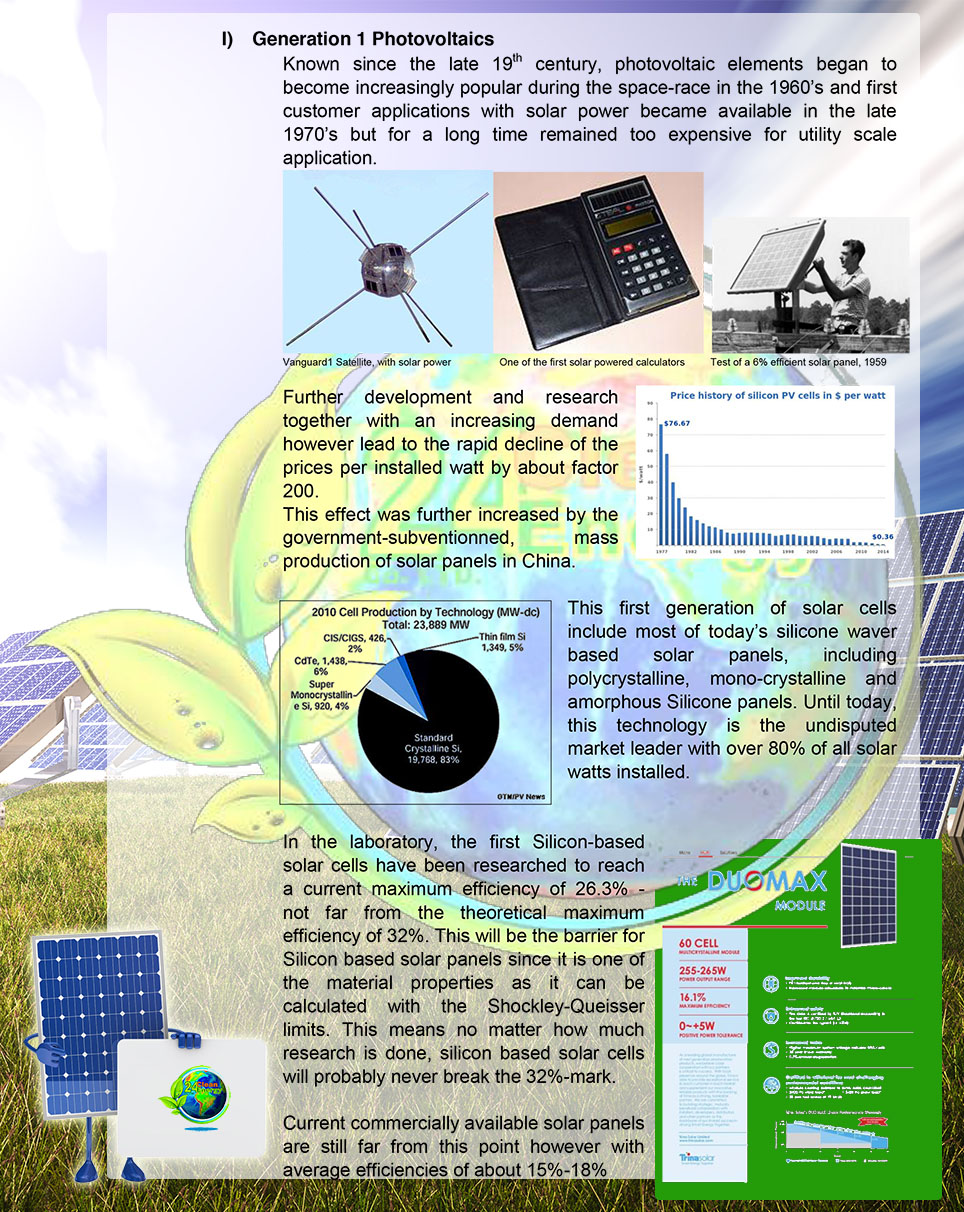
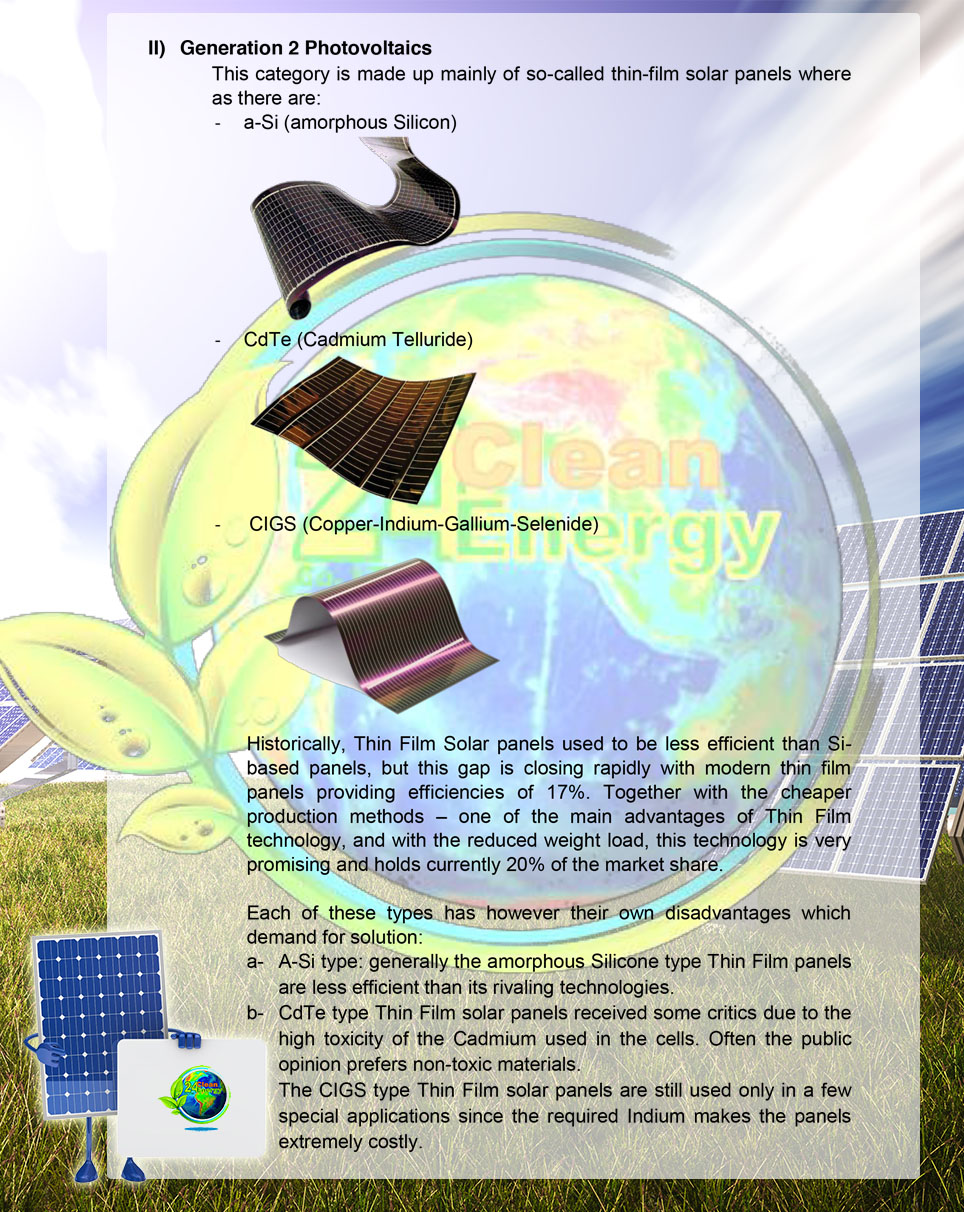

The problem which researchers worldwide are working on is: How can we harvest and convert this energy into usable electrical energy? This leads to several different approaches:
1) Indirect approach
Plants use solar light to transform H2O + CO2 to CH2O + O2, storing the energy rom the photons in form of chemical energy in the CH2O compound which is then used to produce starch and sugar. Interestingly the oxygen released in the process comes from the water (H2O) and not from the carbon dioxide (CO2), contrary to common belief.
These energy-rich organic compounds can then be used as source of energy, for example by burning the organic compounds in Biomass-power plants. Since the CO2 that is released in the process was earlier absorbed from the air, this solution has a neutral CO2- balance.

2) Direct approach
a) Solar Thermal power generation
In this installation, mirrors are used to collect the heat from the solar radiation through focussing. This heat is then used to power evaporate water and power a steam-turbine which generates electrical power.First installations show that through the addition of a molten-salt storage tank, heat can be stored for times without solar irradiation, thus allowing the plant to produce solar energy around the clock. 

b) Photovoltaic power generation
In this technology, an incoming photon dislocates an electron from a target-atom. This generates an electrical potential which the target atom needs to compensate, therefore inducing an electrical current. This is the most direct photon-to-electricity approach.


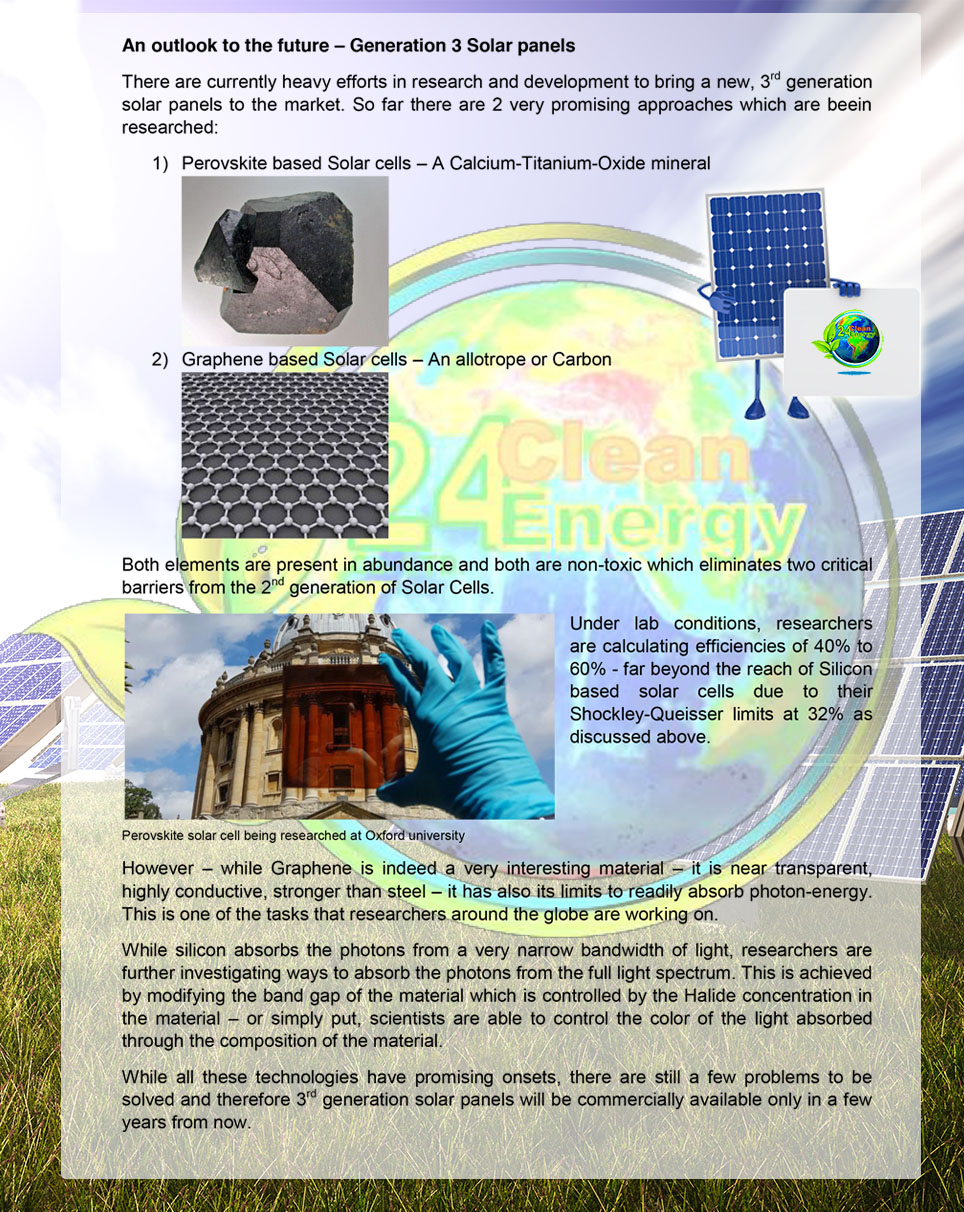
Want to know more about 24CleanEnergy?
Call as at +66 99 291 6549 or find as on:

About us
24 clean energy Co. LTD was established in December 2014 with the aim to provide alternative power to Thailand which was at this time struck by flooding and with the aim to implement solutions which help to reduce the dependency on fossil fuels.
Our Menu
Our address
24 Clean Energy Co. LTD
No.176 Sirinporn Place Building,Sirindhorn Road,
Bang Phlat, Bang Phlat, Bangkok 10700, THAILAND
E-mail : phat@24cleanenergy.com
